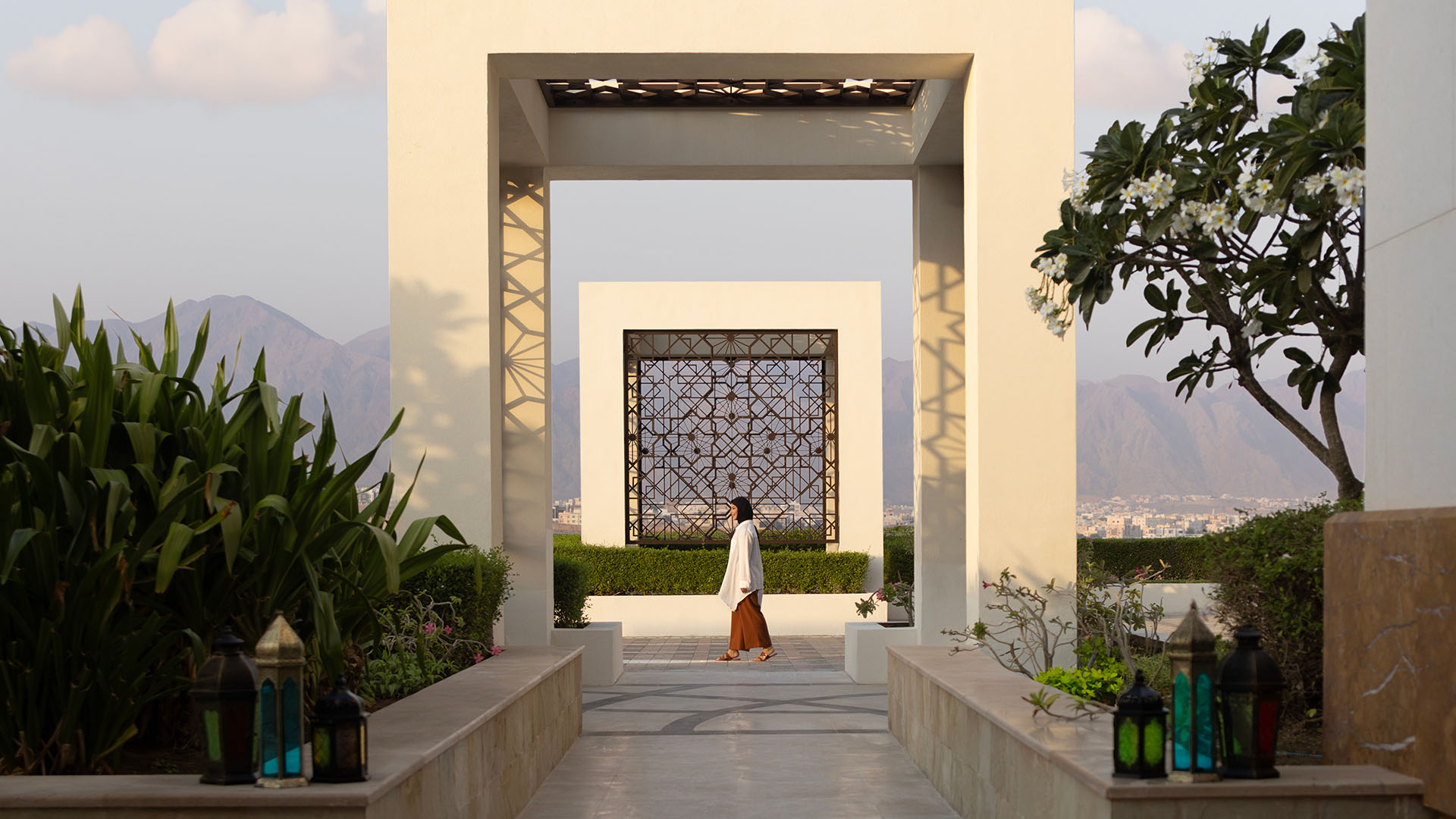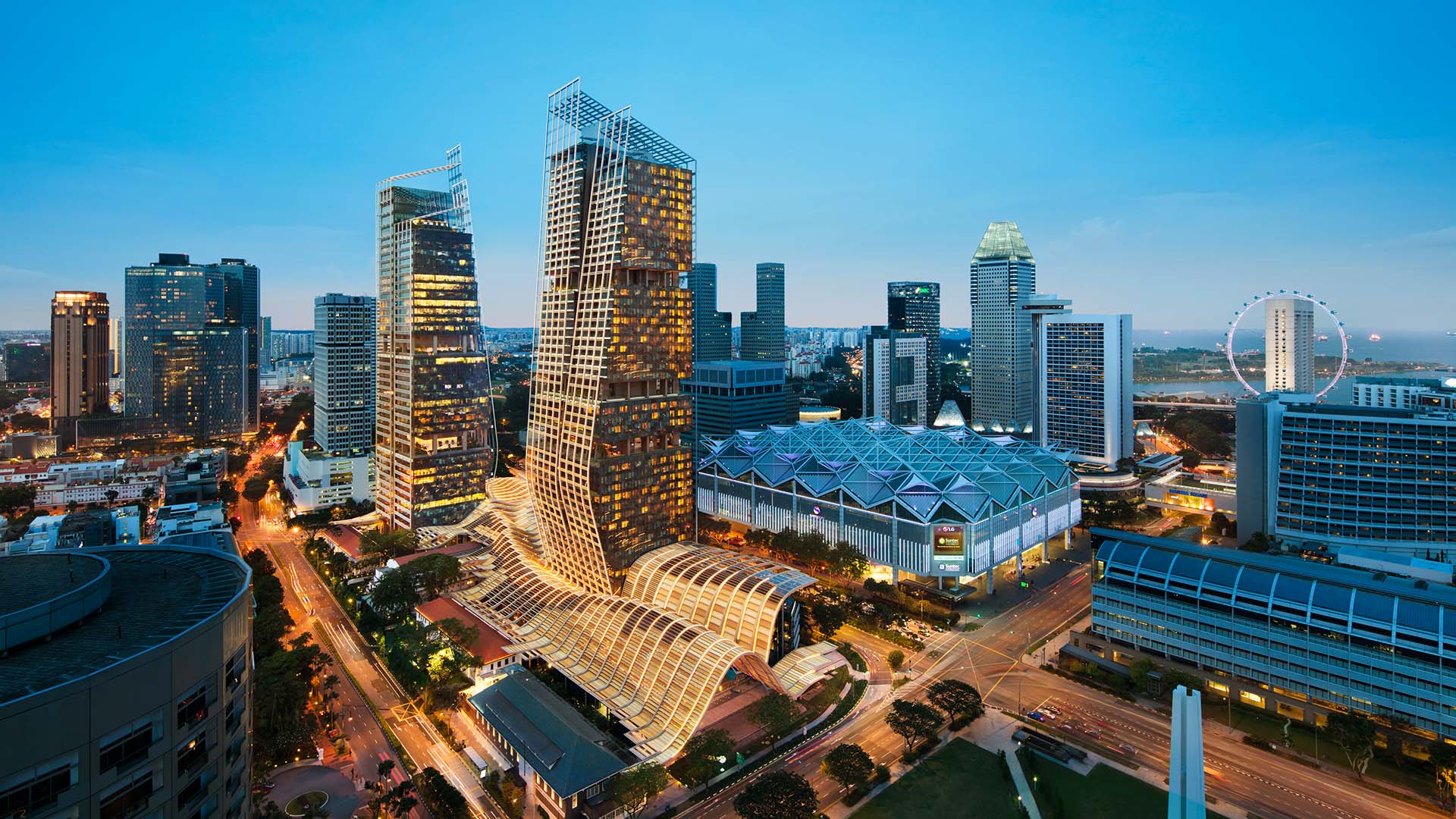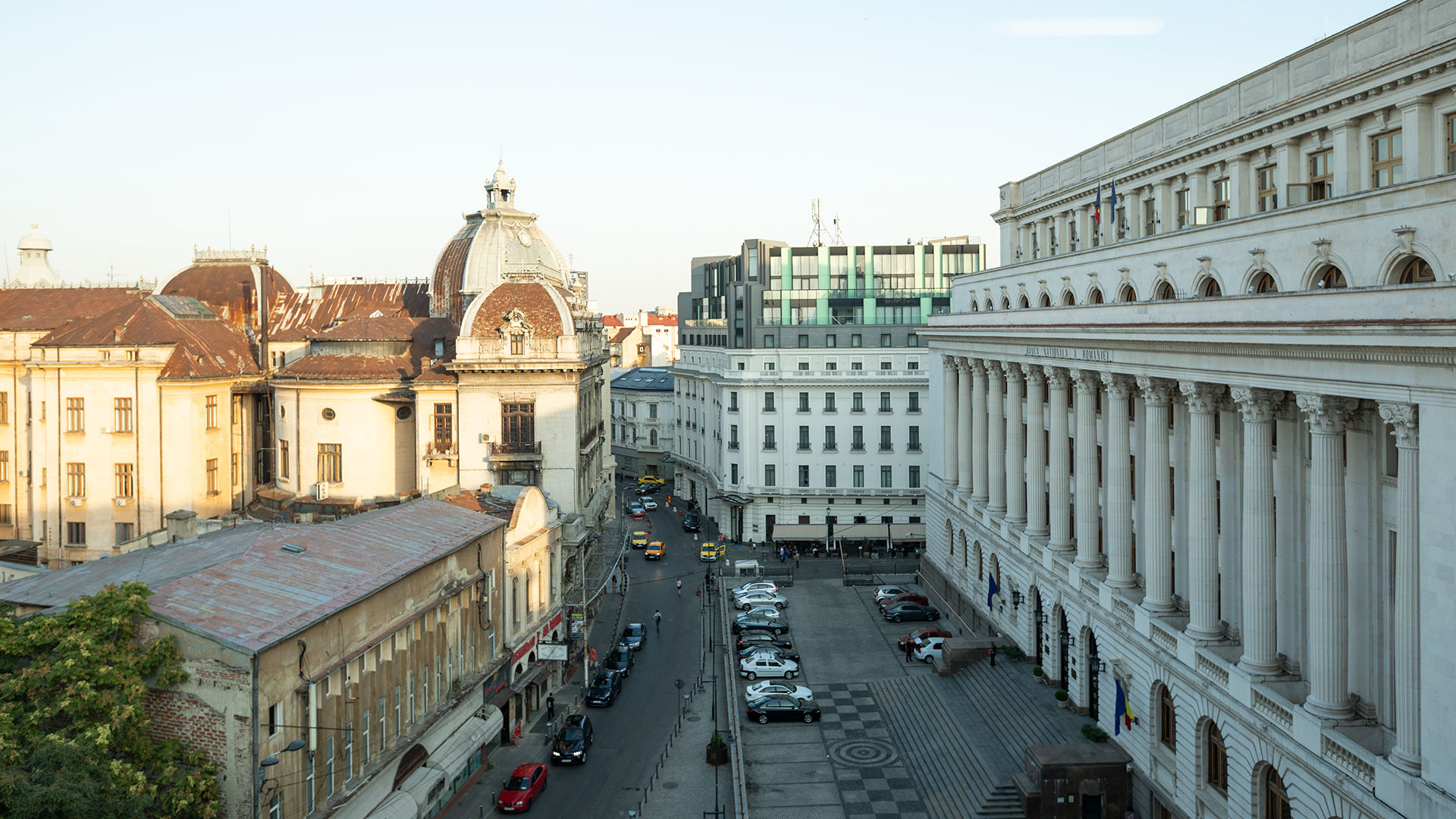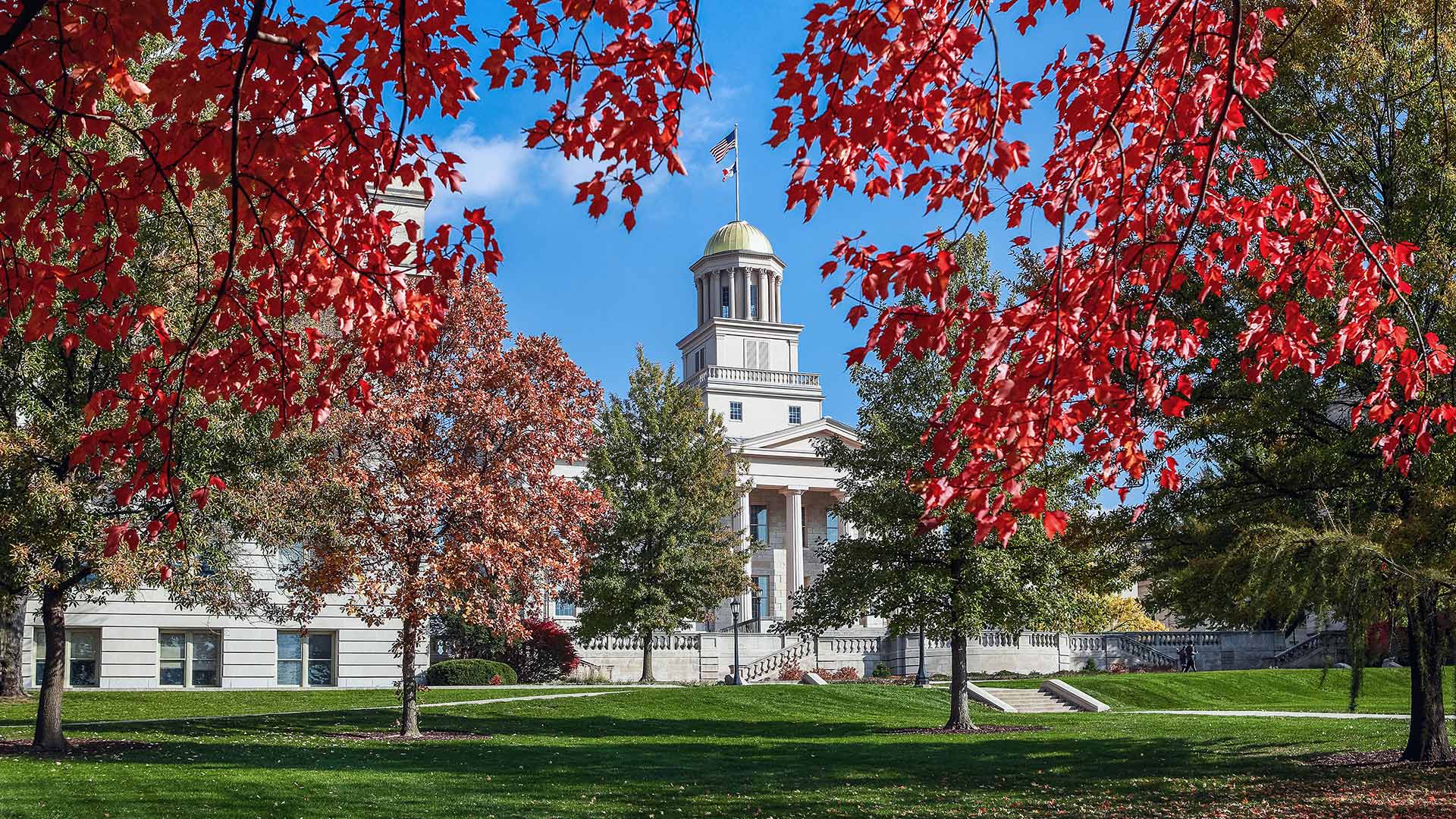
Take in the Iowa City Capitol Building. (Photo: Shutterstock)
Weekend GetawaysPlan a 72-Hour Tour of Iowa City, Iowa’s Beer, Food and Culture Scenes
By Diane di CostanzoIowa City, Iowa, is a place with a black-and-gold heart. Those are the University of Iowa’s colors, after all — and a theme all over campus. But this proud little city along the Iowa River is so much more than a Big Ten college town.
Because it’s surrounded by farmland, that whole farm-to-table thing is centuries old here. There’s a craft-beer scene, too, which comes in handy with 34,000 students in town.
And that youthful population gives this Midwestern metropolis a funky, edgy energy that makes for a fun, food-filled weekend. If you’re into bacon, beer and artisan-made everything, you’re in the right place.
As always, check for travel restrictions and closures before planning your trip.
Friday: Cruise the Campus
Among the city’s many lively hubs is the downtown pedestrian mall, so this is where your day begins. It’s a quiet spot in the morning, so take advantage of the calm and grab an outdoor table at the Bread Garden Market, offering counter-service bagels, croissants, coffee and more.
The many shops on the Ped Mall, as it’s called, will still be closed, so check out the Capitol building, a five-minute walk away. While the state’s actual capital city is Des Moines, it was once in Iowa City, which is why the gold-domed, many-columned wedding cake of a building exists. I
t’s now the Old Capitol Museum (and the only National Landmark in the state) and worth a peek inside. It sits in the center of the Pentacrest, the very heart of the University of Iowa campus.
Your taste of college days gone by continues as you stroll through the downtown boutiques and shops, browsing vintage clothing (Ragstock is a funky fave), vintage vinyl (Record Collector is an institution) and books at the Haunted Bookshop. For fans of independent bookstores, 50-year-old Prairie Lights Books is nothing short of a national treasure.
Follow it up with a self-guided Literary Walk to fawn over the stops that have made Iowa City a UNESCO City of Literature. For lunch, stop into another campus classic, the circa-1932 Hamburg Inn No. 2 — where protein options include local elk or bison, as well as beef, and the French fries are legendary.
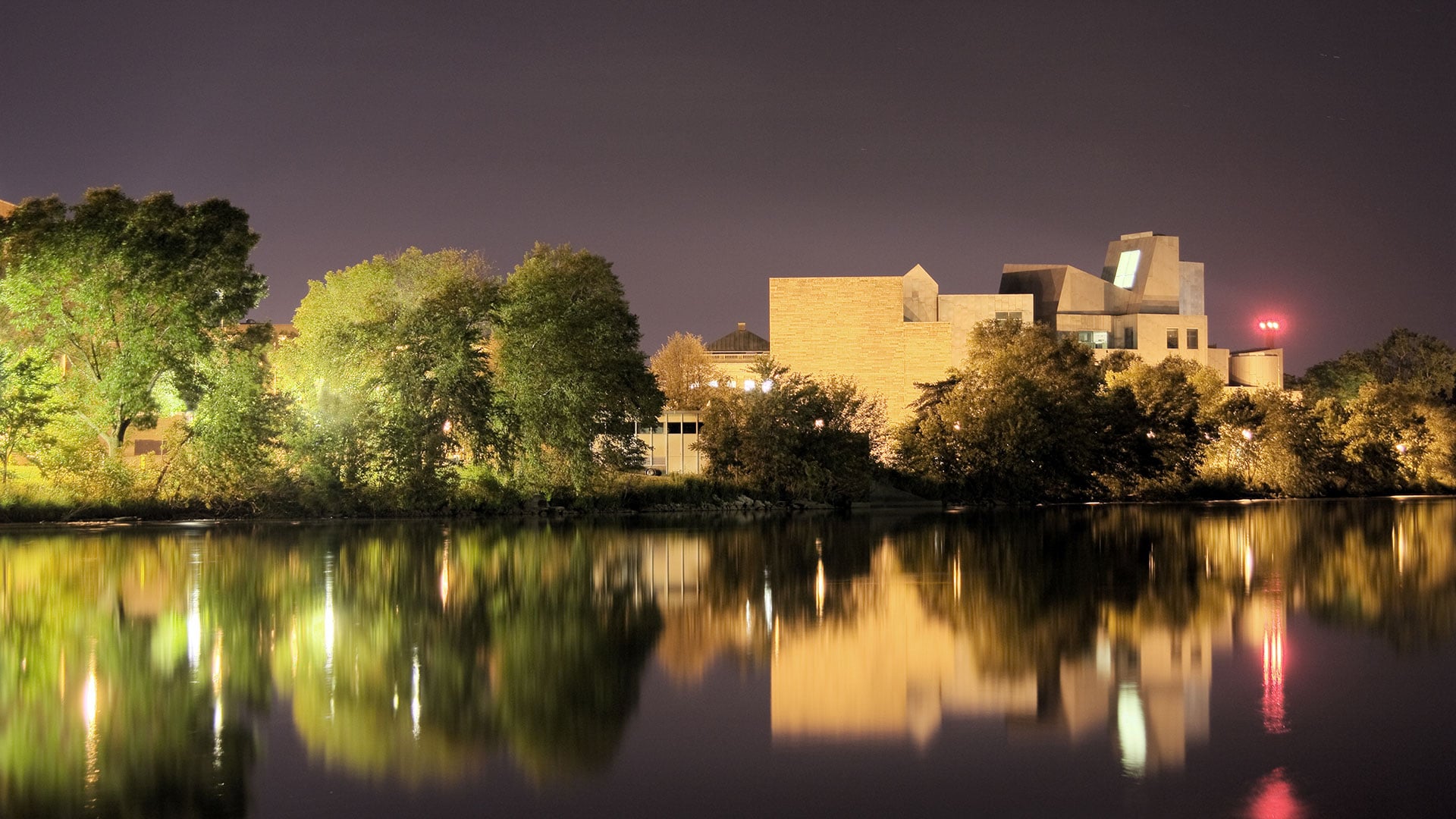
Now that you have your bearings downtown, rent a bike to see more of the city. World of Bikes, less than a mile from downtown, offers high-quality cycles and has a staff on hand to recommend routes. For example, there’s a 6-mile, “flat-as-a-pancake” jaunt that winds along the Iowa River to City Park.
You’ll be ready for dinner by the time you return to the pedestrian mall, where you started the day. St. Burch Tavern, in a historic downtown building — and with a retro vibe but a very modern menu — serves Iowa-bred beef and Iowa-made cheeses, as well as pizza, salads and more.
Finally, stroll downtown, stepping into iconic college bars like the Fieldhouse or, for a more sedate scene, Bread Garden Market, where you had breakfast, for a glass of vino from the wine bar.
Saturday: See the Stadium and Visit Coralville
You spent your first day on the east side of town, so today’s the day you venture across the river to see more of the campus and neighboring Coralville. But first, breakfast. Swing by downtown’s Farmers Market (May through October) for freshly baked goods, or try High Ground Café, a buzzy, light-filled place with excellent ristrettos.
Is it a game day? Even if you’re not (yet) a Hawkeye football fan, you’ll sense there’s something going on at Kinnick Stadium by the, shall we say, activity on the grounds — tailgating and related hijinks. The 70,000 spectators that pour in, most wearing black and gold, are another clue. Even off season, the stadium complex is worth a peek inside. Go Hawks!
A few miles northwest is Coralville, once a humble mill town and now a lively little satellite city to the Big Ten burg next door. Start where Coralville itself began, in the Iowa River Landing (IRL), a pedestrian-friendly complex devoted to shopping, dining and the arts. Stroll the IRL Sculpture Walk and the stores, including local shops like R7 Reclaimed (for home goods).
While you’re browsing, pick a place for lunch. One good choice: Let 30hop be your introduction to the area’s craft-beer scene (that is, unless you imbibed with the Kinnick tailgaters).
Order one of the 60 beers on tap and something for lunch, or pick up a taco at Fuzzy’s Taco Shop (“FuzzyRitas” are also on the menu).
If you have kids along for the ride, check out the Iowa Children’s Museum in nearby Coral Ridge. The Xtream Arena & GreenState Family Fieldhouse is another fun place to play, whatever the weather — there’s almost always a hockey game, wrestling match or other indoor sporting event on the schedule, and the lower level houses the Johnson County Historical Society and an Antique Car Museum.
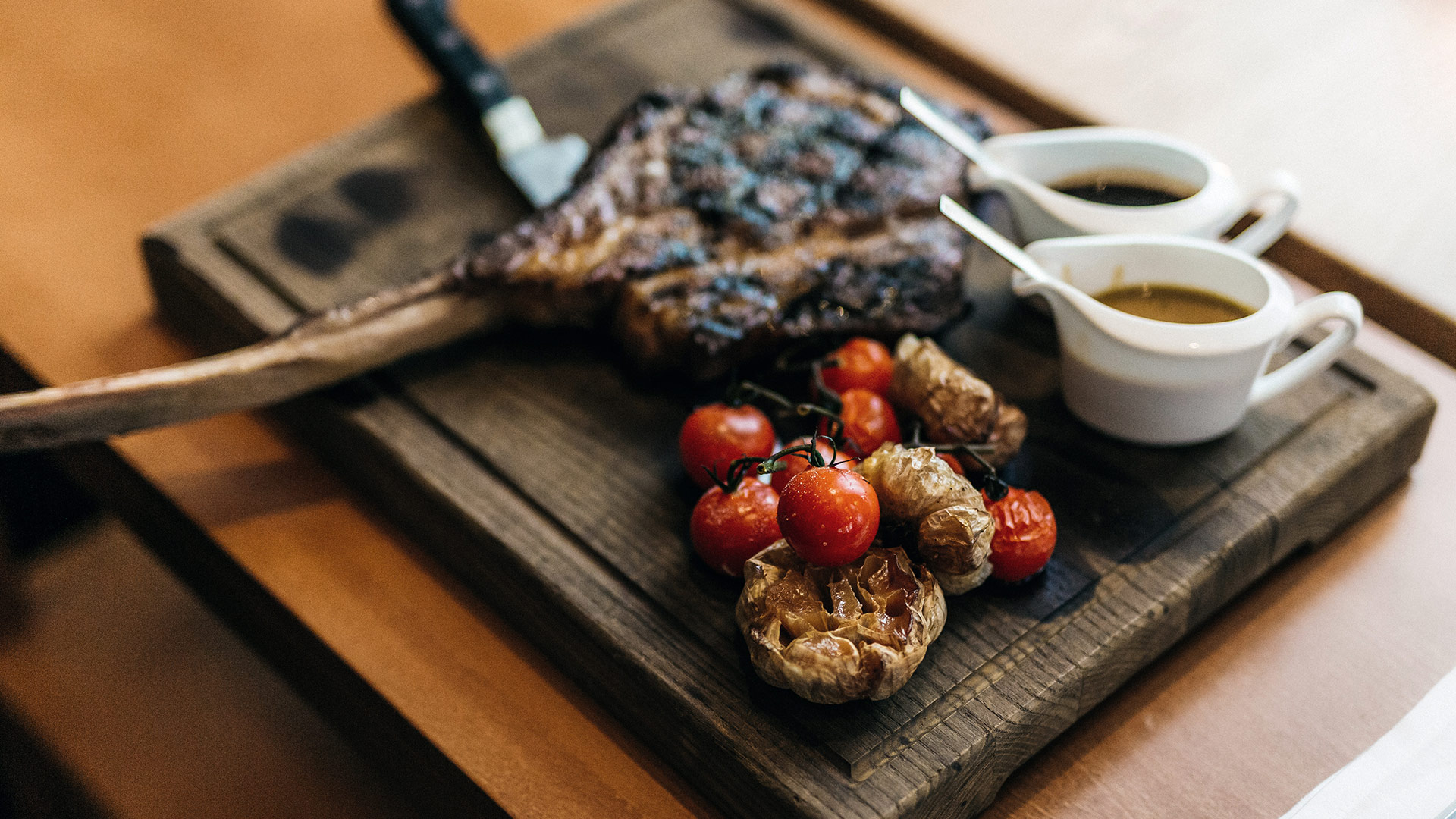
For dinner in Coralville, nothing beats the Iowa River Power Restaurant. Built in 1902 as a flour mill, it operated as a power station until 1968, when it was sold to the city of Coralville for a dollar and used for storage.
But here’s the comeback: In 1977 it was converted into a large, lofty New American restaurant serving food from the surrounding farmlands — a novel idea at the time. Enjoy a steak, local pork (this is Iowa, after all) or fresh fish while taking in views of the Iowa River.
Sunday: Meet the Colonists
In eastern Iowa, “the colonies” means the Amana Colonies — a cluster of seven 19th-century villages settled by German immigrants. For a sweet start to your visit, drop by the old-fashioned Amana Colonies Bakery & Café for coffee and made-from-scratch cinnamon rolls, strudels and kolaches, a fruity pastry.
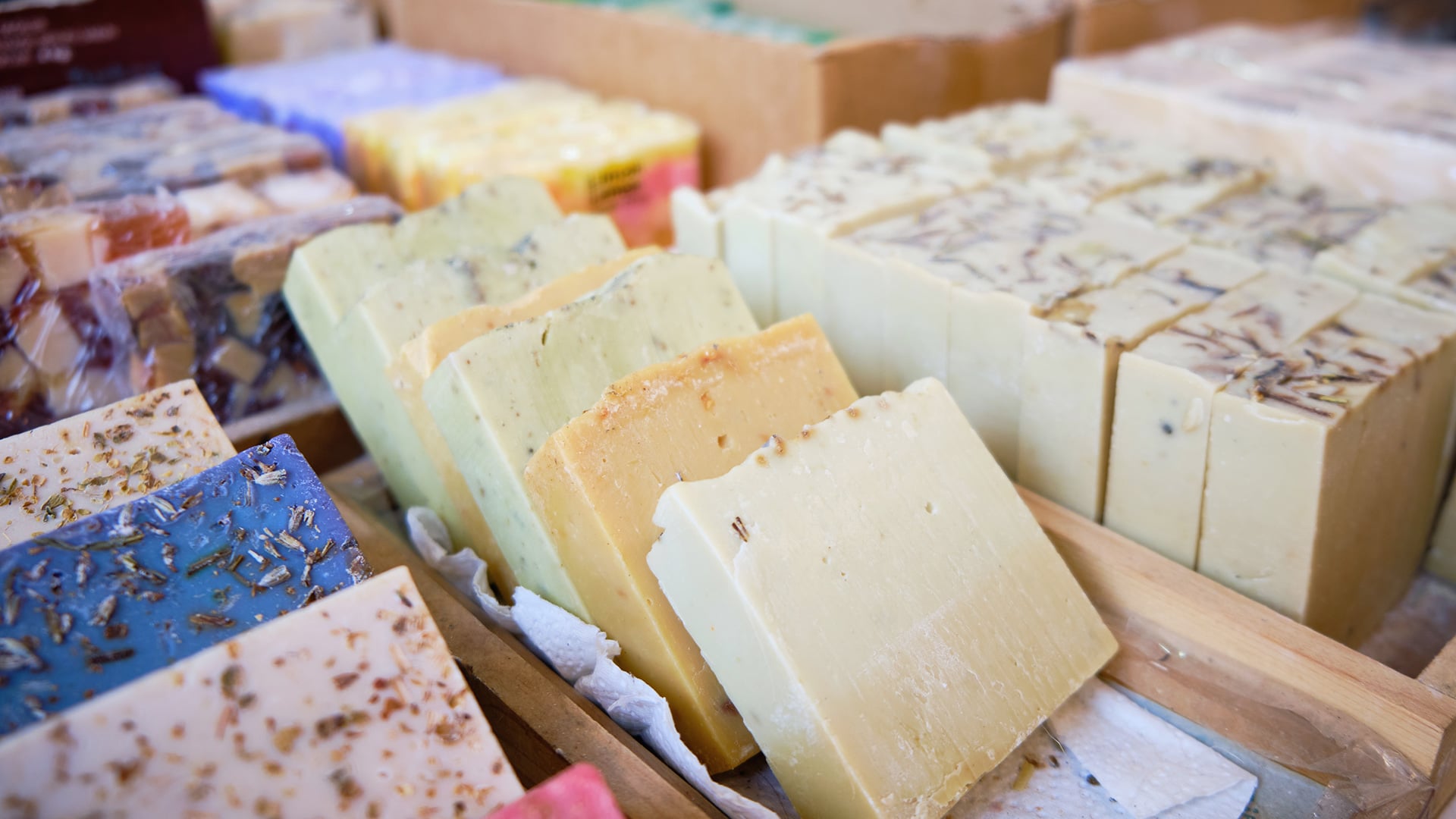
Then swing by the Amana Heritage Society, composed of buildings that were once the communal kitchen (the homes had no individual kitchens), wash house and schoolhouse. You’ll be immediately struck by the village aesthetic — the colony’s Shaker-like furnishings and textiles are simple, handmade and absent of decorative flourishes.
If that style appeals to you, stop by the circa-1857 High Amana Store, still fitted with the original wooden shelves and counters but now selling locally made soaps, candles, food and more.
The museum staff can help you plan what comes next. There’s the Kolonieweg, or Colony Way, an easy 3-mile trail that connects the villages, winding past lakes and farmland. There are festivals year-round, including the spring Maifest, when maypole dancers twirl; an authentic Oktoberfest, where both beer and polka are on tap; and monthlong holiday events in December.
There is also lunch — and nobody does the Sunday meal quite like the good people of the Amana Colonies. For traditional Germanic fare, the red-brick, landmark Ronneburg Restaurant serves heaping platters of locally made sausages, sauerkraut, coleslaw, bread and more. Order an entrée and visit the buffet for refillable sides (if you choose the family-style option).
Eventually, you’ll waddle back to Iowa City for your last evening on the town.
You’re not likely to be hungry, so check out what’s playing at FilmScene, a nonprofit cinema showing 250-plus independent and documentary films each year. Or head to Hancher Auditorium, the university’s performance venue, with a schedule that includes Broadway shows on tour, top musical acts and the UI Symphony Orchestra.
Well, maybe you’re getting a little hungry. Head over to the Big Grove Brewery, a 6,000-square-foot venue for brewed-on-site ales, IPAs and the Iowa City Lager, a pilsner-style brew. The late-night menu features buttermilk fried chicken and burgers and, just in case you didn’t catch a show earlier, there may well be live music, too.





